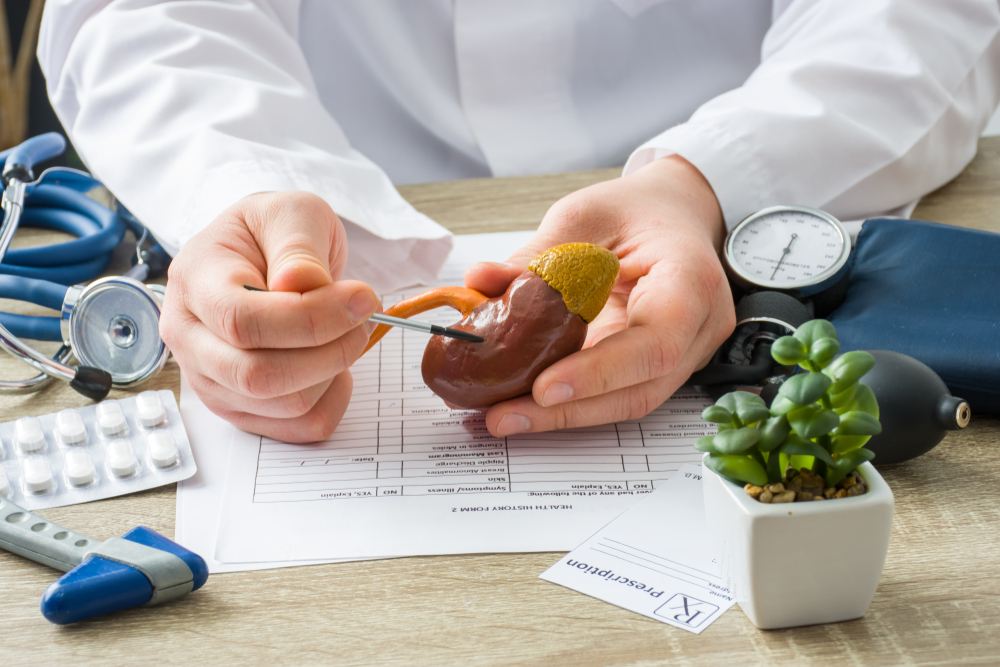DIAGNOSIS
A health care provider can diagnose hypertension when different blood pressure tests—regularly repeated more than a few visits to a healthcare provider’s office—show that systolic blood pressure is consistently over 140 or a diastolic pulse is consistently over 90. Healthcare providers measure blood pressure with an arm cuff and a sphygmomanometer. Individuals can likewise purchase a blood pressure apparatus at drugstores to screen their blood pressure at home.
Kidney infection is determined through urine and blood tests.
Urine Tests
Dipstick test for albumin. A dipstick test performed on a urine test can recognize the nearness of egg whites in the pee. Albumin is a protein in the blood that can go into the urine when the kidneys are harmed. For the test, a health care professional places a segment of artificially treated paper, called a dipstick, into the urine. Patches on the dipstick change shading when blood or protein is present in the urine.
Urine albumin-to-creatinine proportion. A healthcare professional utilizes the albumin and creatinine estimation to decide the proportion between the albumin and creatinine in the urine. Creatinine is a waste item in the blood that is separated in the kidneys and discharged in the urine. A urine albumin-to-creatinine proportion over 30 mg/g might be an indication of kidney disease.
Blood Test
A blood test includes having blood drawn at a lab for examination. A healthcare provider may arrange a blood test to appraise how much blood the kidneys channel every moment, called the estimated glomerular filtration rate (eGFR). The results of the test show the following:
- eGFR of 60 or above is in the typical range
- eGFR beneath 60 may demonstrate kidney disease
- eGFR of 15 or beneath may demonstrate kidney failure
TREATMENT
The most ideal approach to slow kidney disease arising from hypertension is to find a way to bring down blood pressure. These means to incorporate a blend of medicine and lifestyle changes, for example,
- healthy eating
- physical activity
- maintaining a healthy weight
- quitting smoking
- managing stress
Regardless of the reason for the kidney disease, hypertension can harm the kidneys. Individuals with kidney disease should keep their blood pressure below 140/90.
Medication
Medications that lower circulatory strain can likewise fundamentally slow the progression of kidney disease. Two kinds of antihypertensive medications, angiotensin-converting enzyme (ACE) inhibitors and angiotensin receptor blockers (ARBs), have been demonstrated viable in easing back the progression of kidney disease. Numerous individuals require at least two antihypertensives. Notwithstanding an ACE inhibitor or an ARB, a healthcare provider may recommend a diuretic—a drug that enables the kidneys to expel liquid from the blood. An individual may likewise require beta-blockers, calcium channel blockers, and other antihypertensives.
Eating, Diet, and Nutrition
Physical Activity
Smoking


